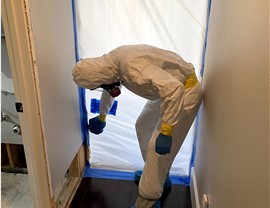
Mold growth in your home or commercial property in Tampa, FL, is more than just a nuisance—it can be a serious threat to both your property and your health. Thanks to Tampa’s high humidity, frequent storms, and occasional flooding, mold problems are all too common here. When mold begins to spread, quick and professional intervention is key to stopping the damage in its tracks.
One of the most common questions people ask when searching for mold cleanup services is: What do the professionals use to clean mold? The answer involves a combination of specialized products, industry-standard tools, and proven remediation techniques. This article breaks it all down and explains how mold remediation professionals, like the ones at Flood Pros USA in Tampa, handle mold problems the right way.
What Products Do Professionals Use to Clean Mold?
Professionals don’t rely on store-bought cleaners or temporary fixes. Instead, they use highly effective, EPA-registered mold remediation products specifically designed to destroy mold at its source and prevent it from returning.
Here are some of the key products typically used:
Antimicrobial and Biocide Cleaners:
- These are chemical agents that are specifically designed to kill mold spores. Brands like ShockWave, Benefect Decon 30, Concrobium, and Fiberlock are frequently used. These products are safe when applied properly and effective even on porous surfaces.
Mold Stain Removers
- In addition to killing mold, professionals often use stain removal products to eliminate the visual evidence of previous mold growth, especially on walls, ceilings, and framing.
Encapsulants and Sealants
- Once the mold is removed and the area is disinfected, an antimicrobial sealant may be applied to wood or drywall surfaces. This helps to prevent any future growth by creating a protective barrier.
Deodorizers and Air Purification Treatments
- Mold infestations often leave behind a strong, musty odor. Professionals may use odor neutralizers and treatments to purify the air and remove lingering smells.
These products are selected not just for their effectiveness but for their safety, especially when treating living or working spaces where people, pets, or customers are present.
What Equipment Do Mold Cleanup Pros Use?
In addition to high-grade cleaning products, licensed mold remediation professionals, like Flood Pros USA in Tampa, rely on advanced tools and equipment to ensure the job is done thoroughly and safely:
HEPA Vacuums
- High-Efficiency Particulate Air vacuums are used to capture and remove microscopic mold spores from surfaces like wood, drywall, and flooring. These vacuums are designed to prevent spores from reentering the air.
Negative Air Machines
- These devices create a vacuum effect within the work area, pulling in contaminated air and filtering it through HEPA filters. This stops mold spores from spreading to other parts of the property during remediation.
Air Scrubbers
- These are portable units that continuously filter the air during the cleanup process, capturing airborne mold spores, dust, and allergens.
Moisture Meters and Infrared Cameras
- Mold professionals use these tools to detect hidden moisture in walls, floors, and ceilings—often the underlying cause of mold growth.
Industrial Dehumidifiers and Drying Fans
- These are critical for drying out the affected area quickly and thoroughly, reducing the chance of mold regrowth.
Step-by-Step Mold Remediation Process
Cleaning mold is only one part of the job. The goal of professional remediation is to fully remove the mold, address the moisture source, and prevent it from coming back. Here’s what the typical process looks like:
1. Initial Inspection and Moisture Mapping
The first step involves a detailed inspection of the property. Moisture meters, thermal imaging, and visual assessments are used to locate mold growth and any hidden water damage that may have caused it.
2. Containment of the Affected Area
Mold spreads quickly if disturbed. To prevent cross-contamination, professionals set up plastic sheeting and use negative air pressure to isolate the affected area before any cleanup begins.
3. Air Filtration
High-capacity HEPA filters and air scrubbers are brought in to clean the air, capturing airborne mold spores stirred up during the process.
4. Removal of Contaminated Materials
Porous materials like drywall, insulation, and carpeting that are infested with mold may need to be removed and properly disposed of.
5. Surface Cleaning and Treatment
Non-porous and semi-porous materials are thoroughly scrubbed, vacuumed, and treated with antimicrobial cleaners. All surfaces are wiped down and sanitized to eliminate any remaining mold residues.
6. Drying and Dehumidification
The affected area is dried completely using industrial drying equipment. This step is critical to preventing future mold growth.
7. Final Clearance Testing (If Applicable)
In certain cases, post-remediation testing may be conducted to confirm that the mold has been successfully removed and the indoor air quality is safe.
Why Mold Problems Are So Common in Tampa
Tampa’s subtropical climate makes it a perfect breeding ground for mold. High humidity, regular rain, and the potential for storm damage or flooding all contribute to moisture issues inside homes and buildings. Even small plumbing leaks or poorly ventilated areas can lead to mold colonies forming behind walls or under flooring.
Because mold can grow and spread so quickly, even in areas that appear dry on the surface, it’s critical to bring in a professional team that understands the unique challenges of mold remediation in the Tampa area.
Frequently Asked Questions About Professional Mold Removal
Is bleach good for cleaning mold?
Bleach may kill surface mold, but it doesn’t penetrate porous materials and often doesn’t eliminate the root of the problem. Professionals use safer, more effective alternatives.
How quickly does mold grow after a water leak?
Mold can begin to grow within 24 to 48 hours of a moisture event, especially in a humid environment like Tampa.
Can I stay in my home during mold remediation?
That depends on the severity of the mold and the size of the area being treated. If only one section of the property is affected and properly contained, staying may be possible.
How do I know if I need professional help?
If you see visible mold covering more than a small area, smell a musty odor, or suspect hidden moisture damage, it’s best to consult a licensed professional for an inspection.
Is mold removal covered by insurance?
Insurance may cover mold remediation if the mold resulted from a covered peril, such as a burst pipe or sudden water damage. Coverage varies, so it's important to review your policy.
Tips for Preventing Mold in Tampa Properties
- Use air conditioners and dehumidifiers to keep humidity levels below 60%.
- Vent bathrooms, laundry rooms, and kitchens with exhaust fans.
- Fix plumbing leaks and roof damage as soon as they occur.
- Keep gutters clean and direct water away from the foundation.
- Inspect your home regularly, especially after storms or heavy rainfall.
Need Help with Mold in Tampa, FL?
If you’re dealing with mold at your home or business in Tampa, don’t try to clean it yourself and risk making the problem worse. Our trained professionals at Flood Pros USA use specialized products, tools, and techniques to safely and completely eliminate mold at the source. We offer 24/7 emergency service, free inspections, and we work with all major insurance carriers.
Call now to schedule your mold inspection and let our team restore the safety and cleanliness of your property in Tampa, FL.
Tags
Subscribe to Flood Pros USA's Blog
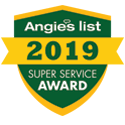
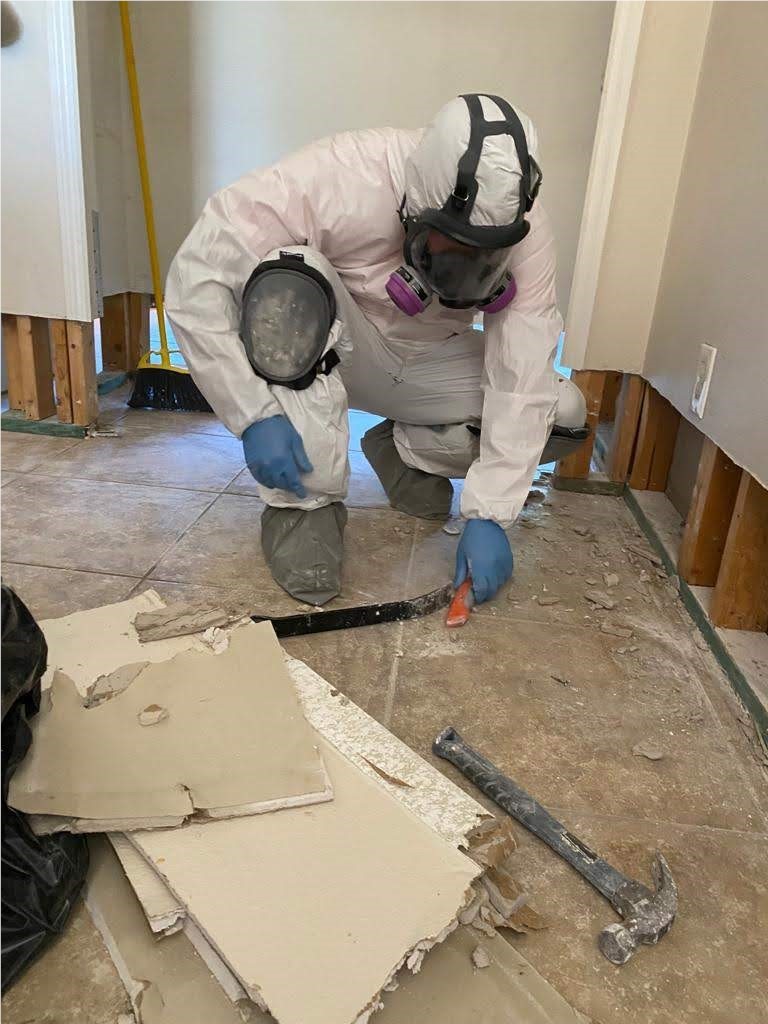
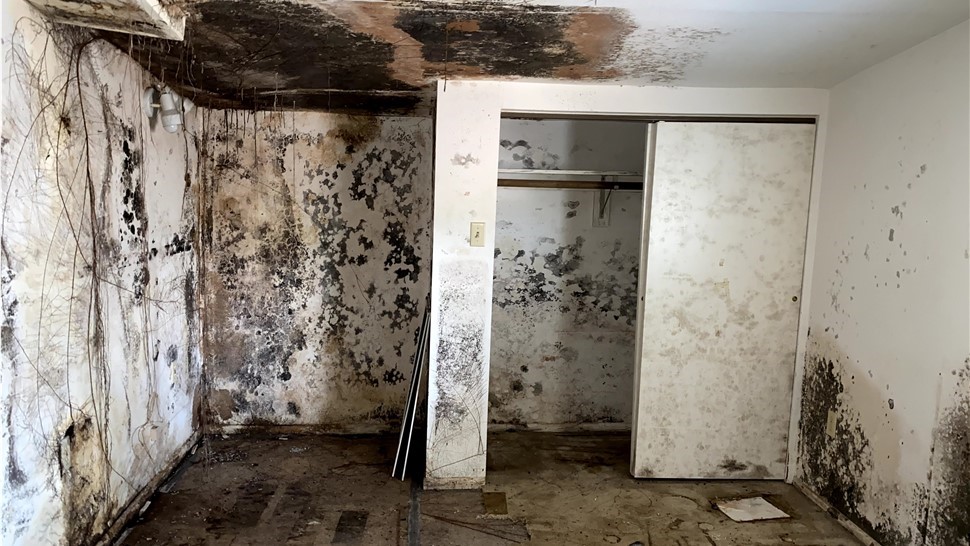
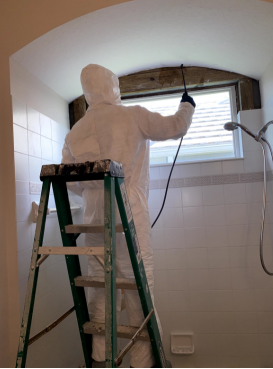
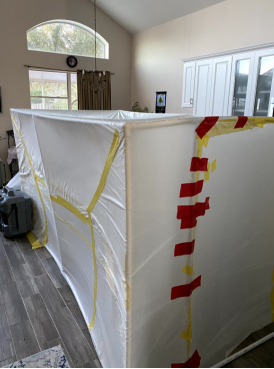

Comments